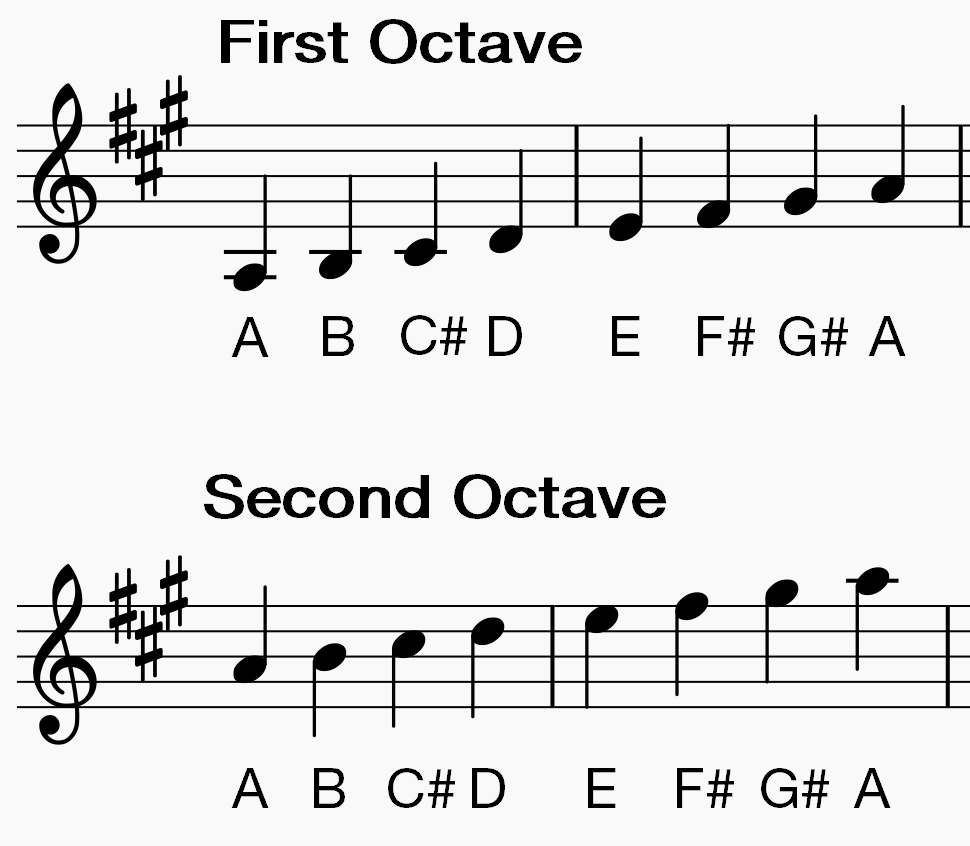
The wealth of long-limbed, lyrical melody in the opening and closing movements led Brahms to abandon the idea of a slow movement in favor of a scherzo-type middle movement in E flat minor the central trio section, a B major Sostenuto ("ma dolce e ben cantando"), serves nicely to fill the gap left by that missing slow movement. 120 has three movements: Allegro amabile, Allegro appassionato-sosteneto, and Andante con moto-Allegro-Più tranquillo. Because of their opposite modalities, they complement one another as perfectly as do the Tragic Overture and the Academic Festival Overture of 15 years earlier.

120 sonatas, the first of which is in F minor, the second of which is in E flat major, are as like to one another as peas in a pod: rich-textured songful, indeed, more truly songful than any of the string sonatas, partly by reason of the clarinettist's need to breathe and not at all filled with the kind of hair-raising drama that has made the D minor Violin Sonata so famous.


The dedicatee of these two works was the clarinettist Richard Mühlfeld, whose playing had been an inspiration to the aging Brahms. 108 in 1888, Johannes Brahms returned to the duo sonata just once more in 1894, in quick succession, he composed a pair of sonatas for clarinet (or viola) and piano that were published together the following year as Op.


 0 kommentar(er)
0 kommentar(er)
